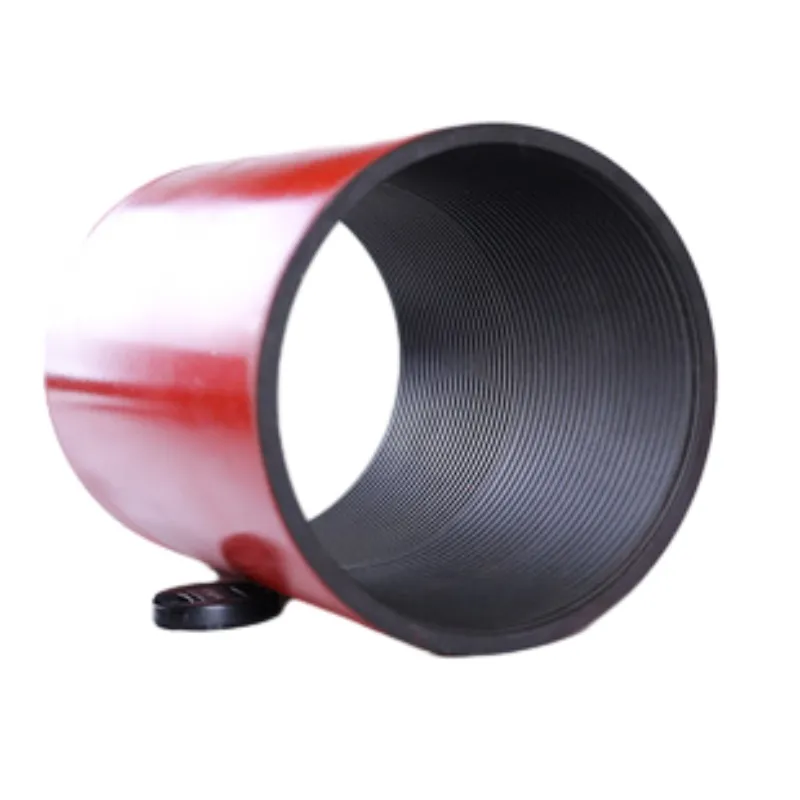- Afrikaans
- Albanian
- Amharic
- Arabic
- Armenian
- Azerbaijani
- Basque
- Belarusian
- Bengali
- Bosnian
- Bulgarian
- Catalan
- Cebuano
- Corsican
- Croatian
- Czech
- Danish
- Dutch
- English
- Esperanto
- Estonian
- Finnish
- French
- Frisian
- Galician
- Georgian
- German
- Greek
- Gujarati
- Haitian Creole
- hausa
- hawaiian
- Hebrew
- Hindi
- Miao
- Hungarian
- Icelandic
- igbo
- Indonesian
- irish
- Italian
- Japanese
- Javanese
- Kannada
- kazakh
- Khmer
- Rwandese
- Korean
- Kurdish
- Kyrgyz
- Lao
- Latin
- Latvian
- Lithuanian
- Luxembourgish
- Macedonian
- Malgashi
- Malay
- Malayalam
- Maltese
- Maori
- Marathi
- Mongolian
- Myanmar
- Nepali
- Norwegian
- Norwegian
- Occitan
- Pashto
- Persian
- Polish
- Portuguese
- Punjabi
- Romanian
- Russian
- Samoan
- Scottish Gaelic
- Serbian
- Sesotho
- Shona
- Sindhi
- Sinhala
- Slovak
- Slovenian
- Somali
- Spanish
- Sundanese
- Swahili
- Swedish
- Tagalog
- Tajik
- Tamil
- Tatar
- Telugu
- Thai
- Turkish
- Turkmen
- Ukrainian
- Urdu
- Uighur
- Uzbek
- Vietnamese
- Welsh
- Bantu
- Yiddish
- Yoruba
- Zulu
well casing coupling
Understanding Well Casing Couplings in Oil and Gas Operations
The oil and gas industry relies heavily on well casing systems to ensure the integrity and safety of drilling operations. Among the crucial components of these systems is the well casing coupling. Understanding the role, types, and characteristics of well casing couplings is essential for engineers, drilling teams, and stakeholders involved in hydrocarbon extraction.
What is Well Casing?
Before delving into couplings, it is essential to understand what well casing is. Well casing refers to the series of pipes installed in a borehole to maintain the well's integrity once it has been drilled. These pipes serve multiple purposes they prevent the borehole from collapsing, isolate different pressure zones, protect groundwater from contamination, and provide a conduit for oil and gas extraction.
The casing process involves multiple layers, commonly referred to as the surface casing, intermediate casing, and production casing. Each layer is designed to withstand different pressures and environmental conditions found underground.
The Role of Couplings
Couplings are crucial in joining lengths of casing together, providing the structural integrity necessary for deep drilling operations. They allow for flexibility and enable the casing to accommodate any thermal expansion or contraction that occurs due to temperature variations in the well. Couplings must be able to withstand high pressures and corrosive environments found in subsurface formations, making their design and material choice critical.
Types of Well Casing Couplings
Well casing couplings come in various types, each tailored to specific applications within the drilling process
1. Threaded Couplings These are the most common type and involve threads machined onto the ends of the casing pipes. Threaded couplings are easy to install and disassemble, making them popular for operations that require frequent changes. However, they may be susceptible to galling—embedding of metal into the threads—under high stress.
2. Welded Couplings In this type, the ends of the casing pipes are welded together. This provides a continuous and robust connection, reducing the chances of leaks. However, welded couplings can be more time-consuming to install and may require more skilled labor compared to threaded options.
3. Integral Couplings These are designed as part of the casing itself, eliminating the need for separate connectors. Integral couplings provide excellent strength and are particularly useful in high-pressure applications, but their installation can be more complex.
well casing coupling

4. Flanged Couplings Using flanges, these couplings allow for easy assembly and disassembly while providing a secure connection. They are often employed in temporary setups or where casings may need to be regularly replaced.
Material Considerations
The materials used for well casing couplings are typically carbon steel, stainless steel, or specialized alloys, depending on the environmental conditions of the drilling site. Factors such as corrosion resistance, tensile strength, and impact resistance influence material selection. For instance, environments with high sulfur content may necessitate the use of corrosion-resistant materials to prevent premature failure.
Best Practices for Installation and Maintenance
Proper installation and maintenance of well casing couplings are vital for ensuring operational safety and efficiency. Here are some best practices to consider
- Inspect Couplings Prior to Installation Always check for defects or damage in couplings before use. Visual inspections and non-destructive testing can help identify potential issues.
- Follow Manufacturer Guidelines Adhere to specifications regarding torque values and installation procedures to avoid compromising the integrity of the connection.
- Regular Maintenance Conduct routine inspections of couplings during the drilling operation to detect any signs of wear, corrosion, or fatigue.
- Use Appropriate Lubricants When using threaded couplings, using anti-galling lubricants can help reduce wear on the threads and prevent seizing.
Conclusion
Well casing couplings are integral components of oil and gas drilling operations, contributing markedly to the safety and efficacy of these processes. Selecting the appropriate type of coupling and adhering to best practices can significantly enhance the integrity of well casings, prevent environmental contamination, and ensure efficient hydrocarbon recovery. As the industry evolves and encounters new challenges, the importance of well-designed and manufactured couplings will remain paramount.
-
Well Casing Extension Couplings – Applications and InstallationNewsJun.06,2025
-
Types of Crossover Subs in Drilling & CompletionNewsJun.06,2025
-
Key Features of High-Quality Tubing Pup JointsNewsJun.06,2025
-
Installation and Maintenance Tips for Steel Couplings for PipeNewsJun.06,2025
-
How to Select the Right Pup Joint for Oil & Gas OperationsNewsJun.06,2025
-
Applications of Stainless Steel Pipe CouplingsNewsJun.06,2025







